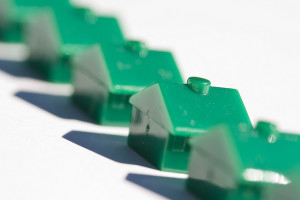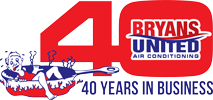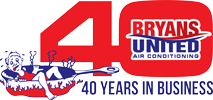 A home energy audit helps you direct efforts and expenditures to areas of home improvement where they’re most needed. While you may be noticing that operating costs are rising while the comfort level seems to decline, it’s hard to know where to start first to make needed repairs and upgrades. A home energy audit conducted by an HVAC professional takes stock of the energy status of your house and provides suggestions for improvement using industry-standard methods and technology.
A home energy audit helps you direct efforts and expenditures to areas of home improvement where they’re most needed. While you may be noticing that operating costs are rising while the comfort level seems to decline, it’s hard to know where to start first to make needed repairs and upgrades. A home energy audit conducted by an HVAC professional takes stock of the energy status of your house and provides suggestions for improvement using industry-standard methods and technology.
A typical home energy audit may be broken down into phases.
Interview
The auditor speaks directly to homeowners to verify their goals. He’ll usually ask to see past utility bills in order to evaluate trends in energy consumption. He’ll also want to hear from occupants about any specific concerns, such as drafty areas, rooms that won’t heat or cool, excess humidity or stagnating air.
Walk-Around
A room-by-room visual inspection of the entire premises looks at the following points.
- Square footage of the home, number of occupants and orientation to solar exposure are noted.
- Starting with the exterior, the auditor will look for sources of air leakage, such as openings around pipe entry points and electrical conduits, gaps at the long joint between the foundation sill and exterior wall and missing caulking and weatherstripping at windows and doors.
- Indoors, he’ll look for cracks and gaps that allow air infiltration, as well as openings between living spaces and the attic or crawl space.
- Attic insulation will be measured and insulation inside exterior walls may be sampled.
- The number and size of windows is noted, as well as the count of light fixtures including type of bulbs and the number of major appliances.
Mechanical Inspection
Age, efficiency status and general condition of the air conditioner and furnace are assessed. Because deteriorating ductwork is a major factor in energy loss, accessible spans of ducts are visually inspected for signs of leakage. Venting for combustion appliances is also checked as are furnace burners, A/C lines and other components.
Testing
Today’s auditors have an array of technology to quantify the efficiency status of your home.
- Blower door test – Temporarily installed in an exterior door frame, a blower door incorporates a powerful blower fan and sensors linked to a computer to measure air leakage. After the blower depressurizes the home, sensors measure the fan airflow required to maintain a standardized indoor pressure. With that data, the computer calculates air leakage, including an estimate of how many times per hour the volume of air inside the house can be replaced by air infiltration through leaks.
- Thermographic imagery – Infrared cameras can see the passage of heat via conduction and radiation through solid surfaces like walls and the roof. This allows the auditor to estimate the amount and quality of insulation sealed inside wall voids and other inaccessible areas. In addition, an infrared camera can image the flow of heat through air leaks in the structure.
- Duct blaster – To evaluate ductwork leakage, a duct blaster test pressurizes the system and measures the amount of airflow lost through leaks. While the ductwork is pressurized, the technician can inject artificial smoke to reveal the location of leaks for sealing.
Safety and Health
In addition to inspecting furnaces and other gas-fired appliances, the auditor will test for excess carbon monoxide gas in the vicinity of these devices, as well as verify the operation of smoke alarms and CO detectors.
After the home energy audit, the homeowner receives a written report detailing specific efficiency issues and listing recommended repairs or upgrades in order of priority. In addition to a cost estimate, the final report will include an estimate of future energy savings from making recommended changes. The homeowner is under no obligation to adopt any recommendations or purchase any services.
Learn more about energy efficiency, as well as Bryan’s United Air Conditioning’s HVAC services, or give us a call at 504-208-2071 to schedule a visit to your New Orleans area home!
Image via Flickr by woodleywonderworks

